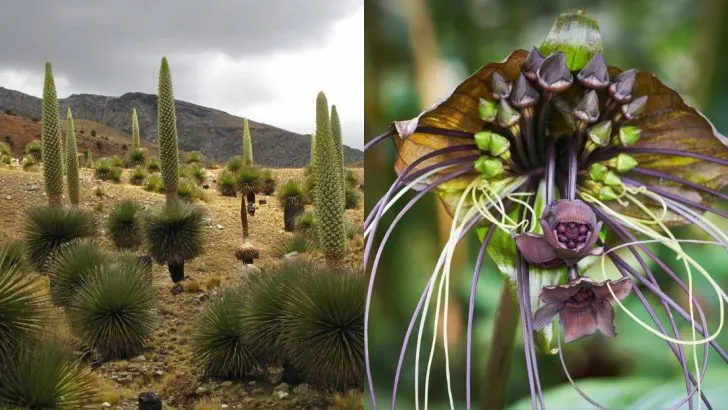Gardening rulebooks are so last century—time to rip ’em up! Meet 16 renegade plants that laugh at neat rows and polite borders. They’ll crash through your beds with wild flair. They don’t bow to pruning shears or color-coordination. Picture bleeding hearts dripping like molten candy. Think giant elephant ears lurking in shady corners. Imagine foxglove spires popping up where you least expect them. These misfits grow on their own terms. They mix bold textures, clashing hues, and unexpected heights. They tumble over fences, peek from windowsills, and demand double takes. Your garden’s personal rebellion starts now. Toss out those prim petunias and let these rule-breakers run free. Give your yard a swipe of attitude. Ready for a backyard that shocks your neighbors—and delights your soul? Grab your gloves, pick your favorites, and watch tradition get turned upside down.
Corpse Flower (Amorphophallus titanum)
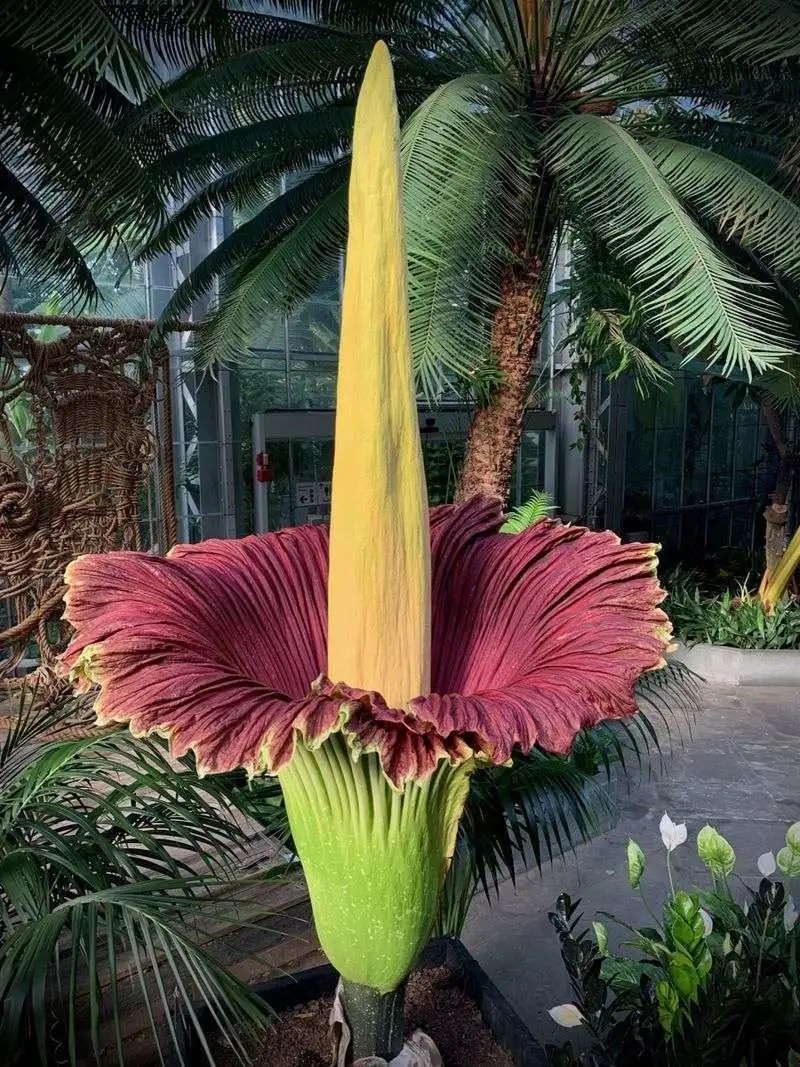
Imagine a flower so breathtakingly unusual that it attracts visitors from miles around. The corpse flower blooms rarely, emitting a pungent odor reminiscent of rotting flesh. This giant of the plant world can grow up to 10 feet tall, dominating the space with its alien-like presence.
Its bloom is unpredictable, occurring every few years with a spectacle that lasts only a few days. Crowds gather to witness this wonder of nature, captivated by its otherworldly allure and unique lifecycle. Despite its smell, it’s a marvel that commands attention and admiration.
The titan arum’s striking appearance and rarity make it a must-see.
Lithops (Living Stones)
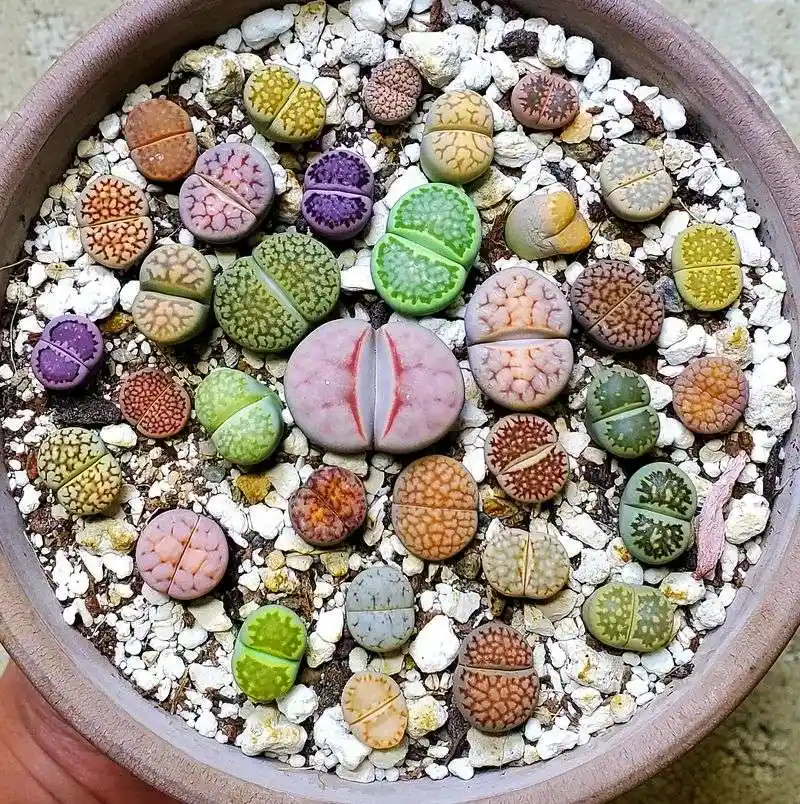
Lithops, or “Living Stones,” are masters of disguise. These small succulents mimic the appearance of stones to evade predators in their native South African habitat. With vibrant colors and intriguing patterns, lithops offer a playful twist on traditional succulents.
Their ability to blend seamlessly with their surroundings is both a survival tactic and a gardener’s delight. They require minimal water, thriving in dry, rocky environments where other plants might struggle.
Lithops change their appearance with the seasons, adding dynamic interest to any collection. These tiny marvels challenge perceptions of what a plant should look like.
Venus Flytrap (Dionaea muscipula)
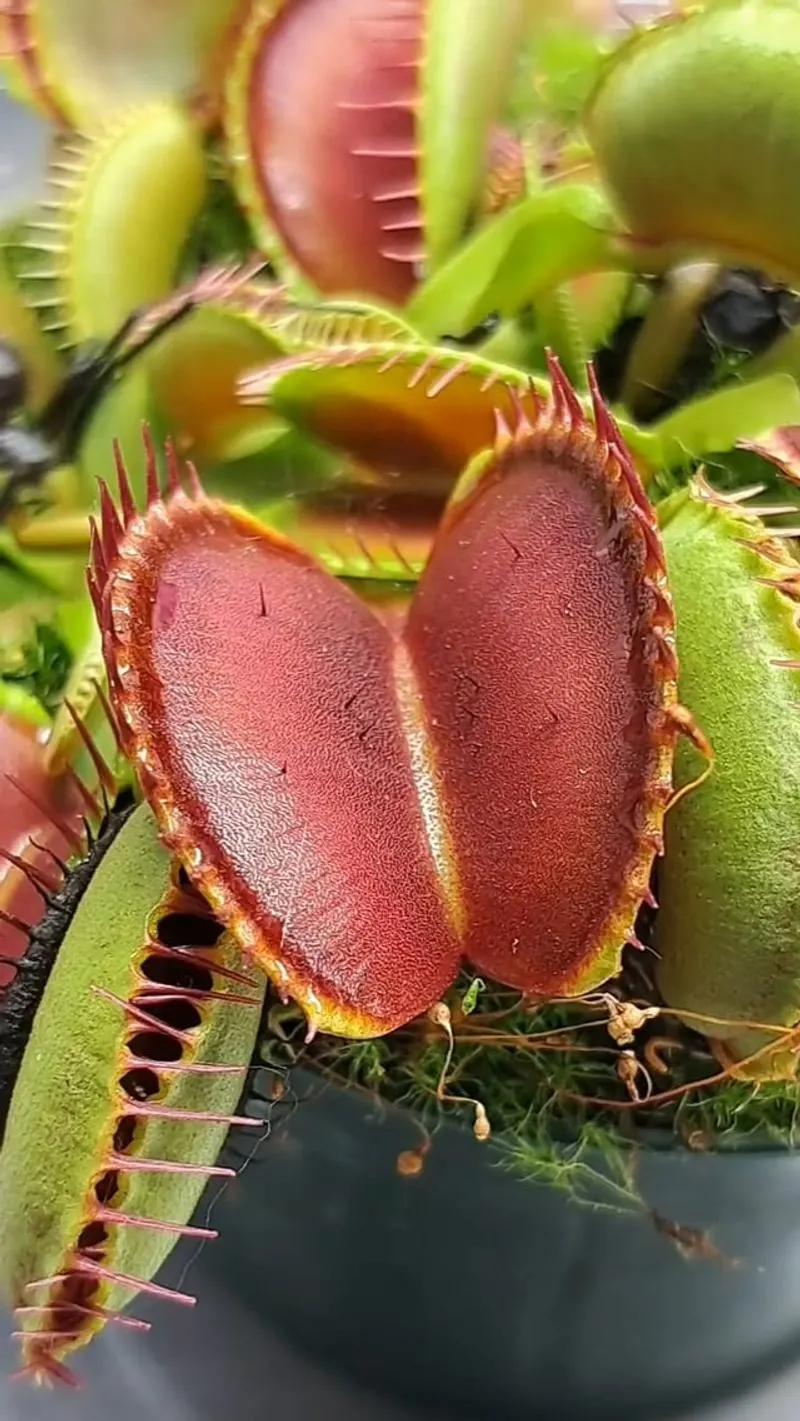
The Venus flytrap captures the imagination with its carnivorous nature and dramatic movement. Unlike typical flowering plants, it feeds on insects and arachnids, luring them in with sweet nectar before snapping shut with lightning speed.
Native to the subtropical wetlands of the United States, the Venus flytrap defies gardening norms by requiring high humidity and acidic soil. Its traps resemble menacing jaws, a testament to its unique evolutionary path.
This plant’s intriguing behavior and distinctive appearance have made it a favorite for enthusiasts and curious gardeners alike, always on the lookout for its next meal.
Pitcher Plant (Nepenthes)
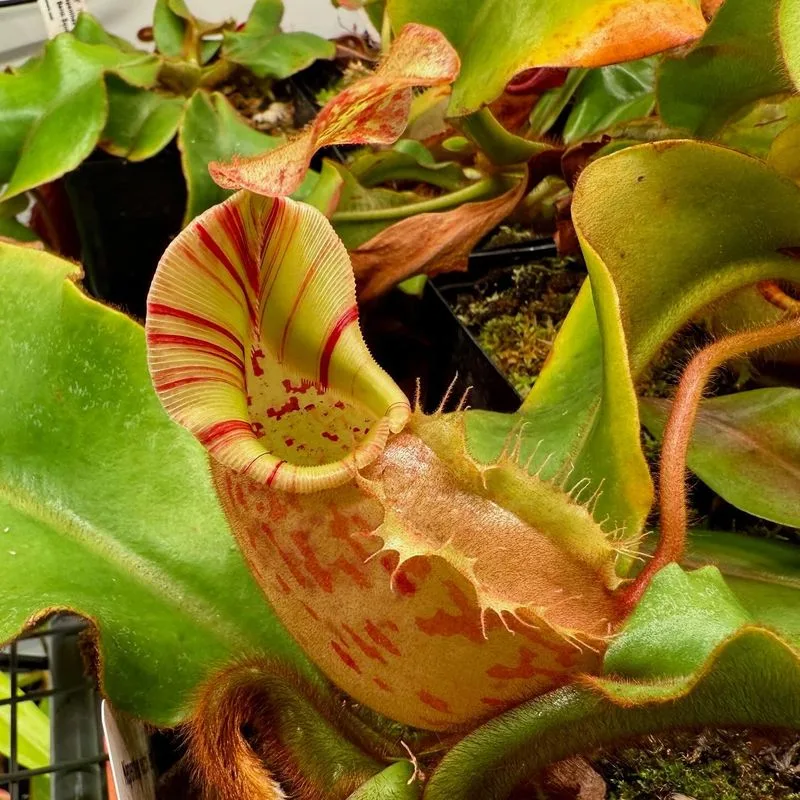
Pitcher plants, with their captivating design and deadly function, redefine the concept of plant adaptation. These tropical wonders attract prey with nectar, leading them into deep, slippery pitchers filled with digestive enzymes.
Their vibrant colors and unusual shapes are both beautiful and beguiling, drawing insects into their trap. Native to Southeast Asia and beyond, they thrive in humid, nutrient-poor environments where their carnivorous habits provide a vital edge.
The elegance and cunning of these plants make them a standout choice for those seeking to add an exotic edge to their garden compositions.
Air Plants (Tillandsia)
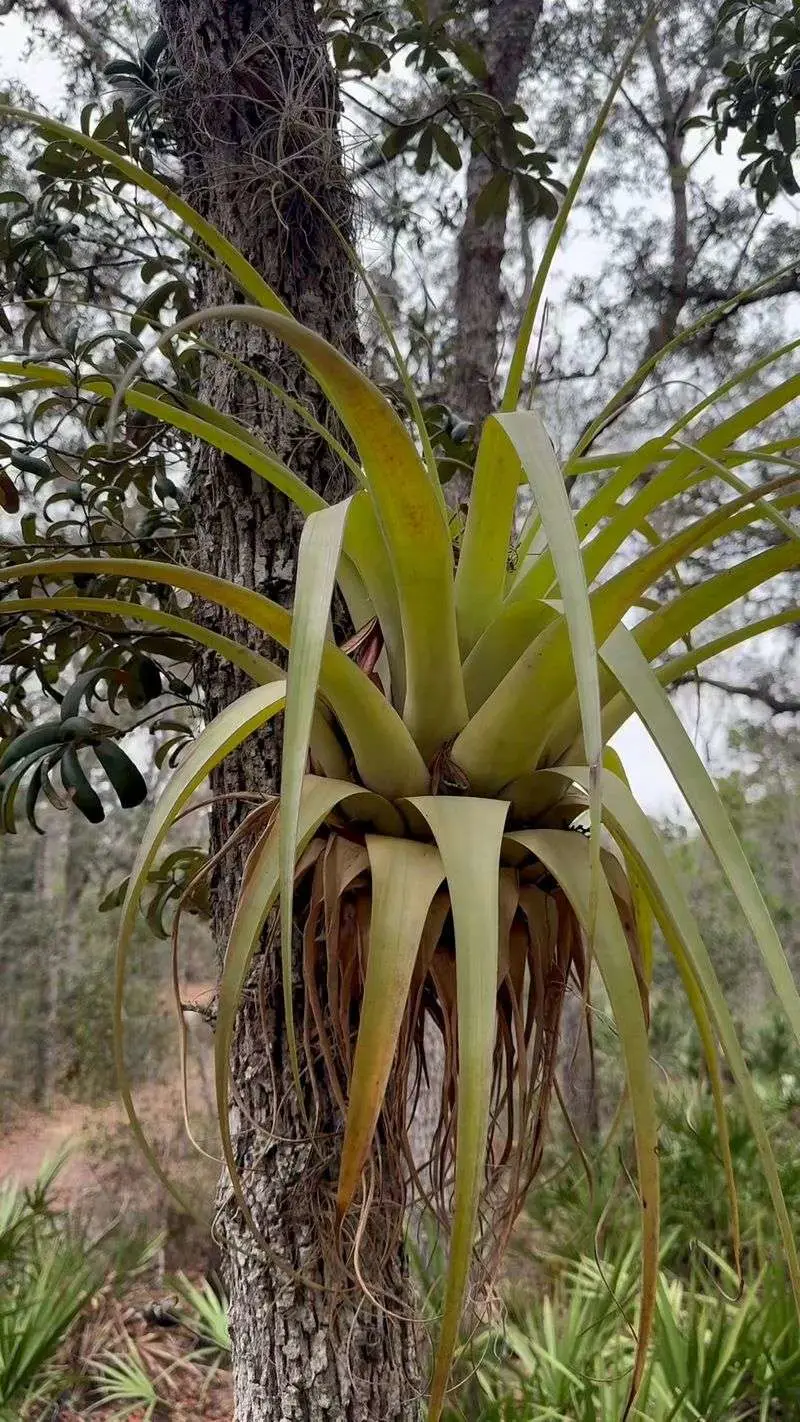
Air plants defy traditional gardening rules by thriving without soil, absorbing nutrients through their leaves. They attach to various surfaces, from trees to walls, creating a floating garden effect.
These adaptable plants are perfect for urban spaces, requiring minimal care and thriving on humidity and light. Their sculptural forms add a modern and innovative touch to interior and exterior designs.
Air plants bloom with vibrant, tubular flowers, offering bursts of color and life. Their versatility and low maintenance make them ideal for anyone looking to experiment with unconventional gardening.
Dragon’s Blood Tree (Dracaena cinnabari)
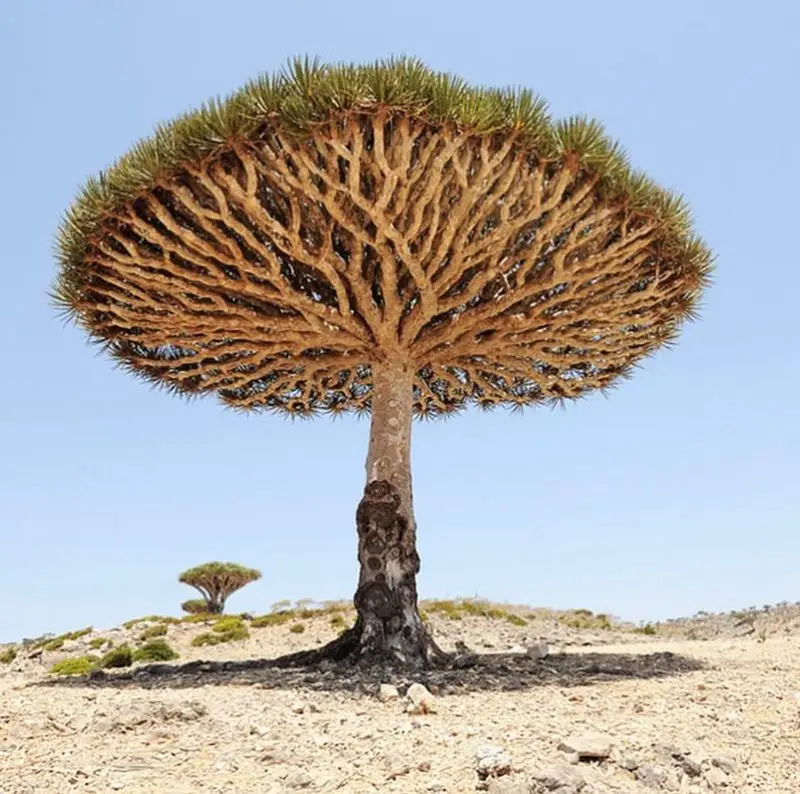
Standing like a sentinel from a mythical realm, the dragon’s blood tree is an icon of the Socotra archipelago. Its umbrella-like canopy provides a striking silhouette, while its crimson sap, known as “dragon’s blood,” has been used for centuries in medicine and dyes.
Its unique shape and historical significance make it a symbol of resilience and mystery. These trees thrive in harsh, arid environments, defying the odds with their robust form.
Their presence adds an exotic, ancient touch to landscapes, inviting contemplation and admiration for nature’s ingenuity and beauty.
Wollemi Pine (Wollemia nobilis)
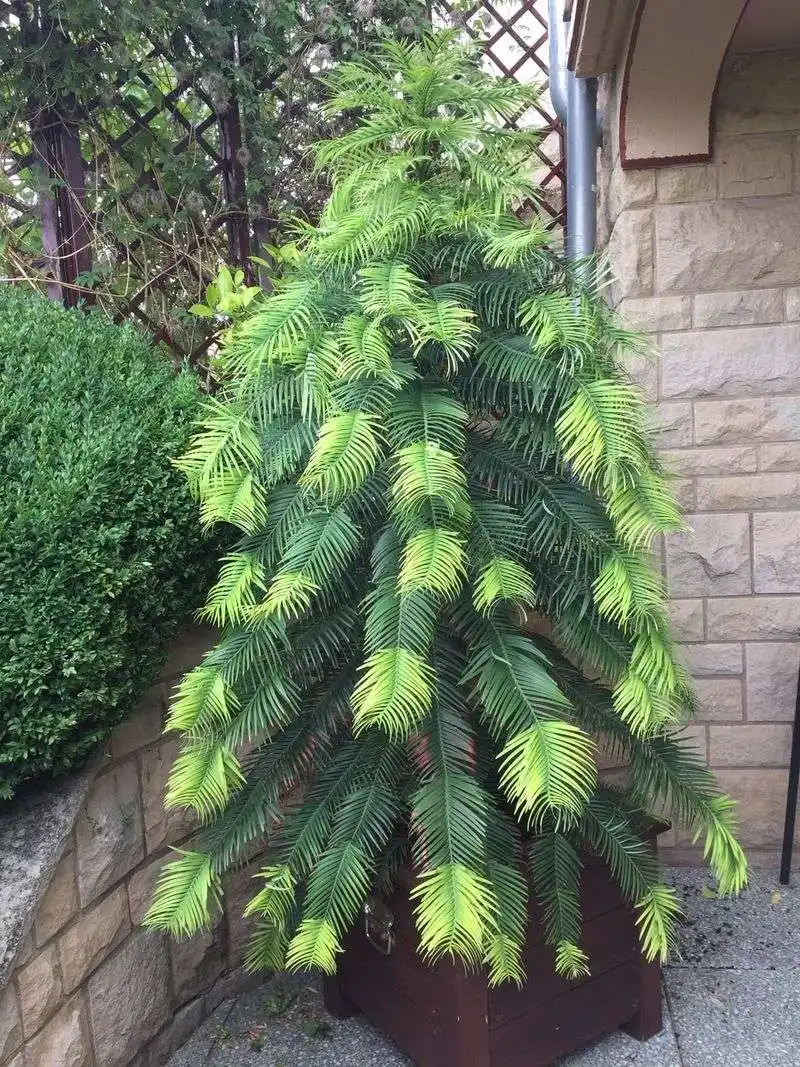
Discovered in 1994, the wollemi pine is a living fossil from a time long past. Its discovery was a botanical miracle, as it was thought extinct for millions of years. Its unique, bubbly bark and fern-like foliage give it an extraordinary appearance.
Native to Australia, this tree thrives in shaded, moist areas, preferring conditions reminiscent of its prehistoric origins. The wollemi pine’s story is a testament to nature’s endurance and adaptability.
Owning a wollemi pine means having a piece of living history, reminding us of the vast timelines and mysteries of the natural world.
Sensitive Plant (Mimosa pudica)
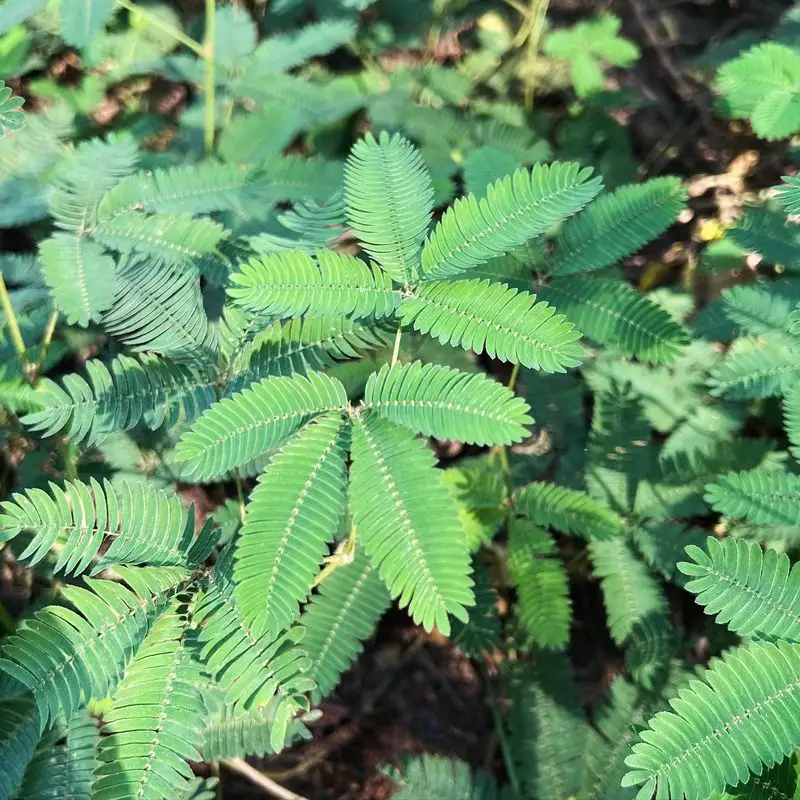
The sensitive plant fascinates with its reactive nature. Touch its feathery leaves, and they fold inward, a mesmerizing defense mechanism against potential harm. This rapid movement sets it apart from typical flora, offering a dynamic gardening experience.
Native to South and Central America, it grows in tropical climates, preferring warm, humid conditions. Its pink, fluffy flowers add a delicate charm to its intriguing behavior.
This plant’s sensitivity to touch makes it a captivating choice for those interested in interactive gardening, adding a touch of magic to any collection.
Ghost Plant (Monotropa uniflora)
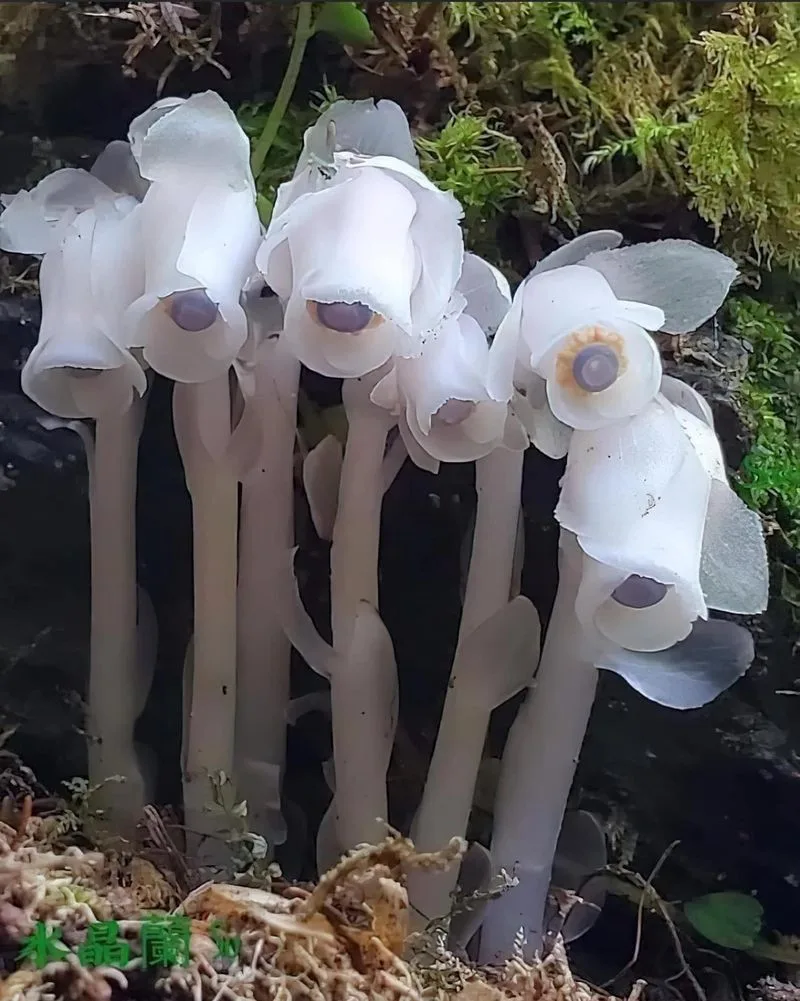
The ghost plant’s spectral form is something out of a fairy tale. Unlike green plants, it lacks chlorophyll, appearing as a translucent white stalk. This unique characteristic allows it to thrive in dark, forested areas, obtaining nutrients from fungi instead of photosynthesis.
Its haunting presence and rare beauty make it a sought-after specimen for those interested in the strange and unusual. The ghost plant’s short flowering period adds to its mystique, appearing like a fleeting apparition.
Its existence challenges our understanding of plant life, offering a glimpse into nature’s hidden wonders.
Corkscrew Plant (Albuca spiralis)
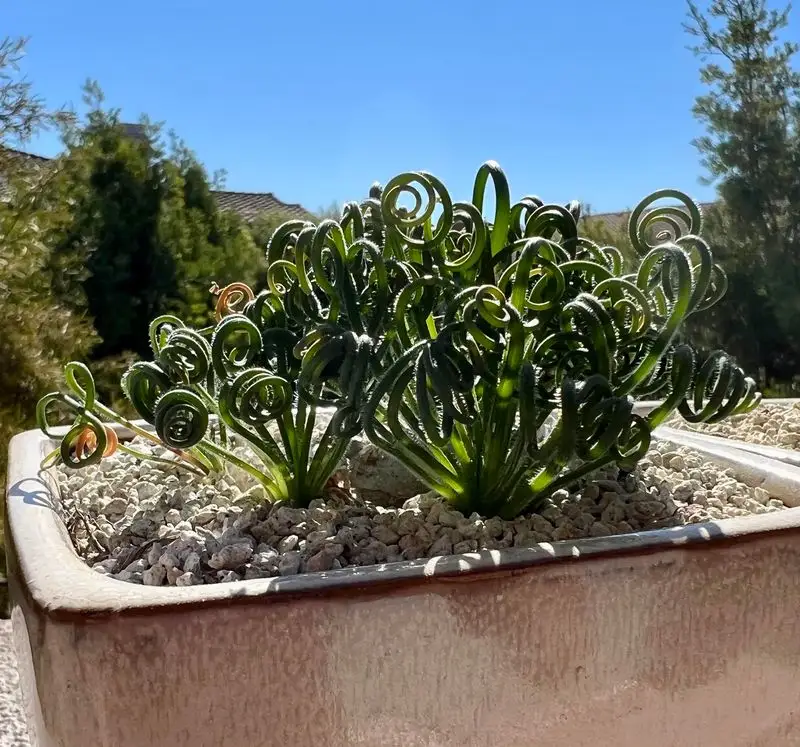
The corkscrew plant’s whimsical spirals are a delightful departure from ordinary foliage. Known as “Frizzle Sizzle,” its leaves curl like corkscrews, adding a playful element to any garden.
Native to South Africa, this plant enjoys bright light and well-drained soil, ideal for windowsill cultivation. Its green, spiral leaves are complemented by delicate yellow flowers that appear in spring.
The corkscrew plant’s charm lies in its unusual growth patterns, offering a lighthearted and fun addition to plant collections. Its unique appearance never fails to intrigue and amuse.
Rafflesia arnoldii
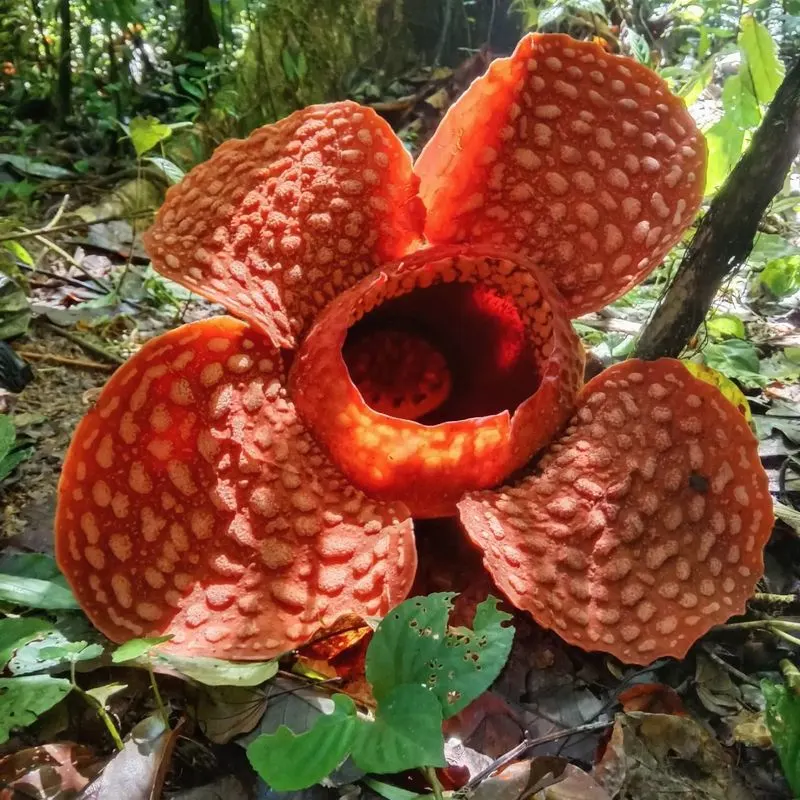
Rafflesia arnoldii, the world’s largest flower, blossoms with a grandeur that matches its fame. Its massive, reddish-brown petals can reach up to three feet in diameter. This plant defies conventional gardening with its parasitic nature, relying entirely on its host for sustenance.
Native to the rainforests of Indonesia, it emits a strong odor similar to decaying flesh, attracting pollinators like flies. This olfactory illusion is a survival strategy, ensuring its reproduction.
The rafflesia’s imposing size and unusual lifecycle make it a subject of fascination, embodying the extraordinary diversity of plant life.
Puya raimondii

Puya raimondii stands as a monument to endurance, known as the “Queen of the Andes.” This plant produces a spectacular flower spike that can reach up to 30 feet. It blooms only once in a century, a rare and awe-inspiring event.
Native to the high Andes of Peru and Bolivia, it thrives in rocky, high-altitude environments with extreme conditions. Its spiny leaves form a large rosette, protecting it from herbivores.
The puya raimondii’s dramatic lifecycle and imposing presence make it a highlight for collectors and botanists, symbolizing resilience and the power of nature.
Welwitschia mirabilis
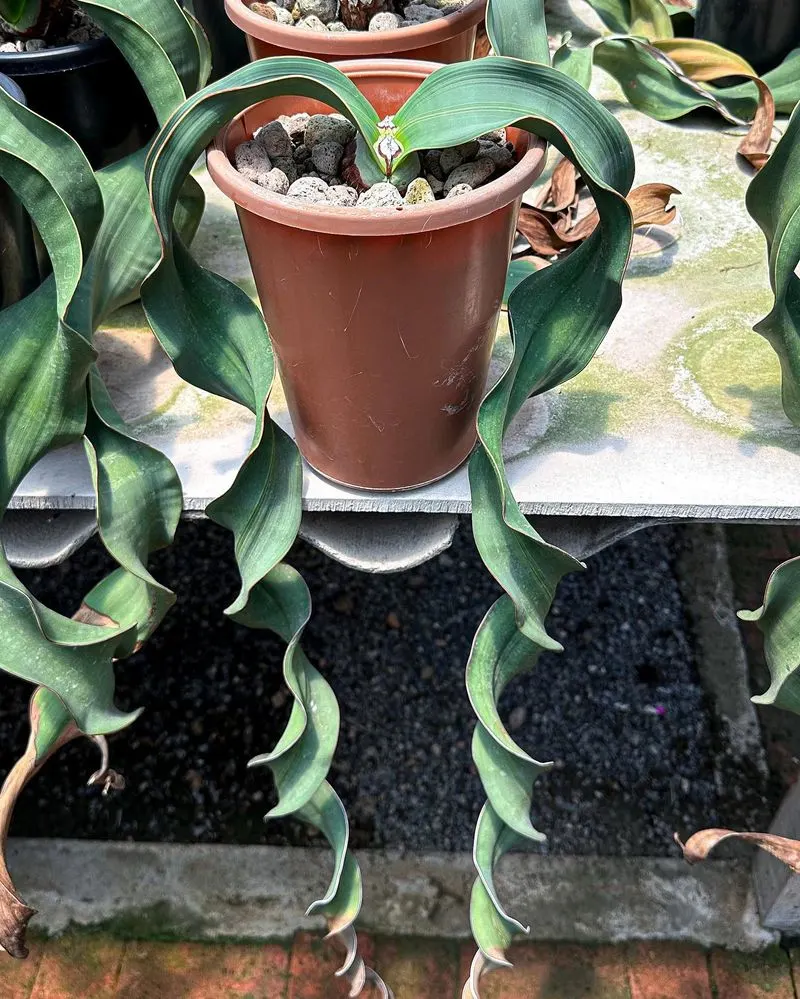
Welwitschia mirabilis, an ancient desert survivor, defies conventional plant expectations with only two leaves that grow continuously over its lifetime. Its unique form and extreme longevity, living up to 1,500 years, offer a testament to nature’s adaptability.
Endemic to the Namib Desert, it thrives in one of the harshest climates on Earth, drawing moisture from fog. Its sprawling leaves create a distinctive silhouette on the desert landscape.
Welwitschia’s resilience and singular appearance make it a subject of curiosity and admiration for those intrigued by life’s mysteries.
Blue Java Banana

The Blue Java banana, or “ice cream banana,” tantalizes taste buds with its creamy, vanilla-like flavor. Its pale blue skin sets it apart from the typical yellow banana, offering an exotic twist on a familiar fruit.
This cold-hardy variety thrives in tropical and subtropical climates, providing a unique culinary experience. With its striking appearance and delightful taste, it brings a sense of adventure to gardens and kitchens alike.
The Blue Java’s blend of beauty and flavor makes it a standout choice for those looking to cultivate fruits with a difference.
Bat Plant (Tacca chantrieri)
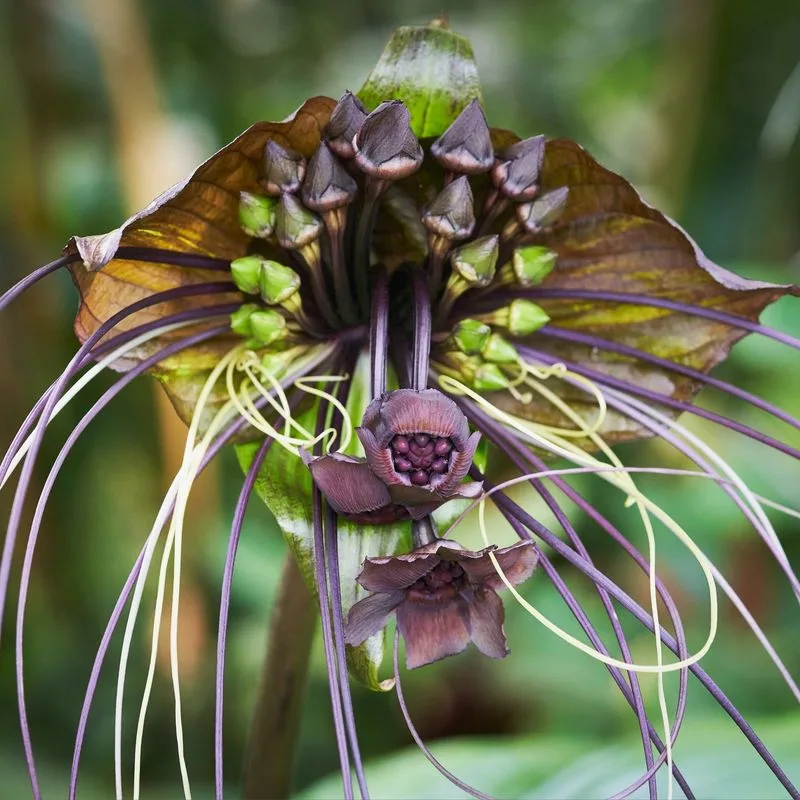
The bat plant mesmerizes with its gothic allure. Its dark, wing-like flowers, adorned with long whiskers, resemble a bat in flight. This striking appearance adds drama and intrigue to any garden.
Native to the tropical regions of Southeast Asia, it thrives in shaded, humid environments. Its unusual blooms and deep green foliage contrast beautifully, creating a sense of mystery and elegance.
The bat plant’s haunting beauty and unique characteristics make it a conversation piece, perfect for those seeking to add a touch of the extraordinary to their botanical collection.
Jellyfish Succulent (Curio rowleyanus)

Imagine a plant that resembles a sea creature floating in mid-air. The Jellyfish Succulent, more commonly known as String of Pearls, is a captivating addition to any garden. With its spherical, bead-like leaves, it spills gracefully from hanging planters, mirroring the movement of a jellyfish’s tentacles. This plant thrives on neglect, requiring minimal watering and surviving in bright, indirect sunlight.
Its unique form adds an extraordinary visual element, making it a conversation starter. Surprisingly, despite its ethereal appearance, it’s relatively easy to care for. The Jellyfish Succulent’s low maintenance nature makes it perfect for both novice and seasoned gardeners.

